2023 Toyota Sequoia TRD Pro: How Well Does the SUV Tow?
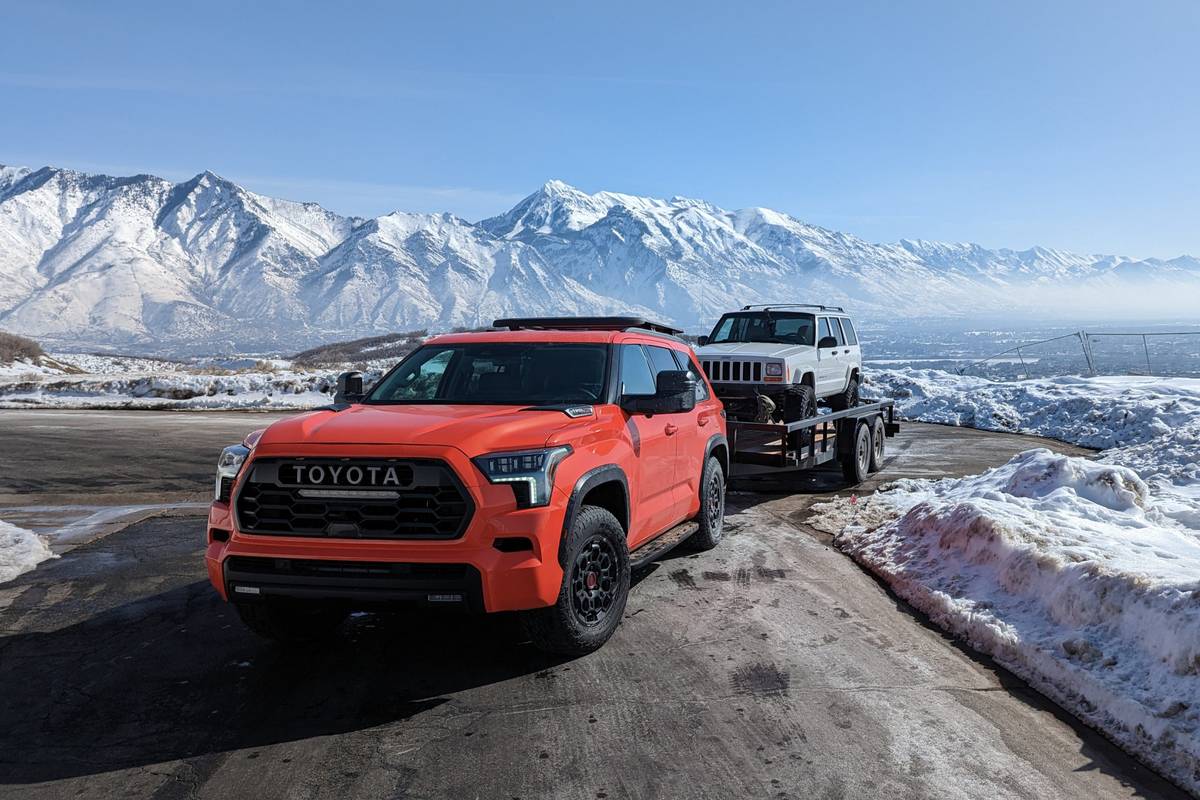
The redesigned 2023 Toyota Sequoia shares the same platform as the Tundra, and just like its pickup truck sibling, it’s equipped with a solid rear axle, which unfortunately sacrifices interior space for more articulation, towing stability and durability. The SUV now comes with a hybrid powertrain that combines a twin-turbo 3.5-liter V-6 engine with an electric motor for a total of 437 horsepower and 583 pounds-feet of torque; standard are a 10-speed automatic transmission and, on the TRD Pro variant, four-wheel drive. This sounds like good news for towing, so we tested how well the Sequoia’s new setup performs while hauling a trailer.
Related: 2023 Toyota Sequoia Review: Big and Beastly, But Not Quite Perfect
Towing With the 2023 Sequoia TRD Pro



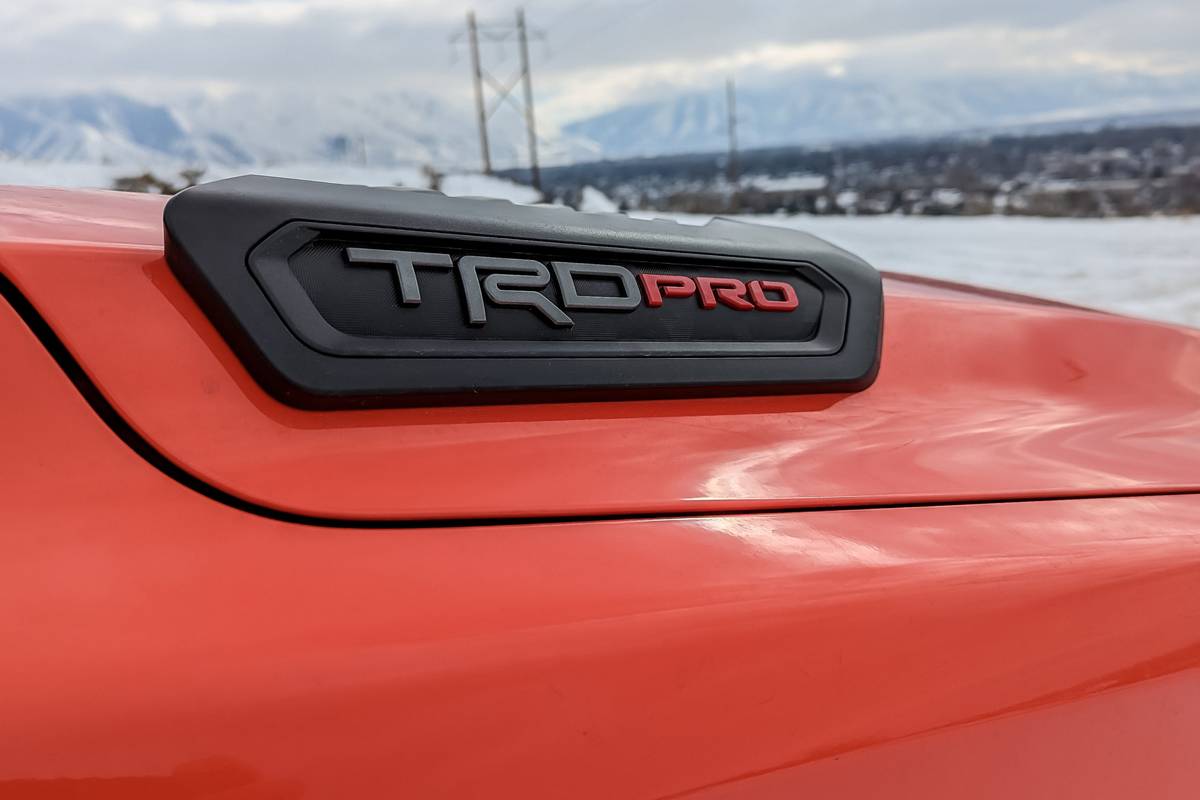



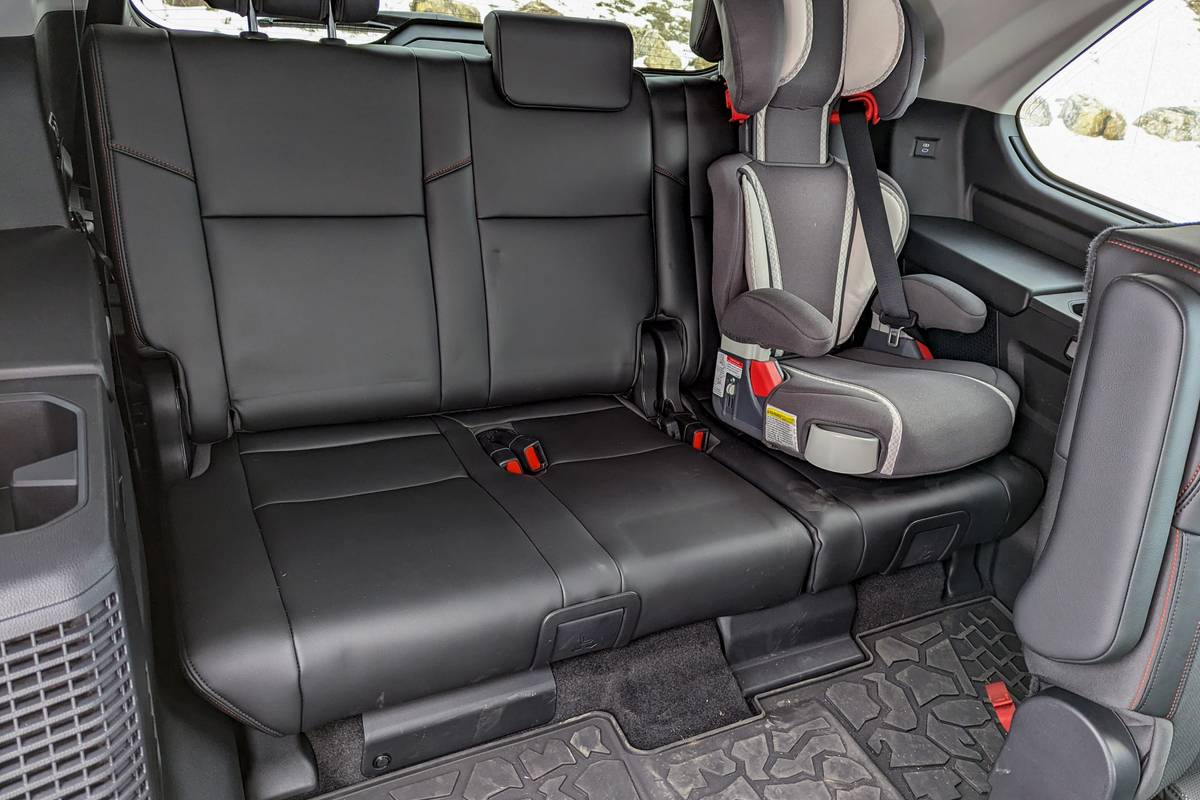

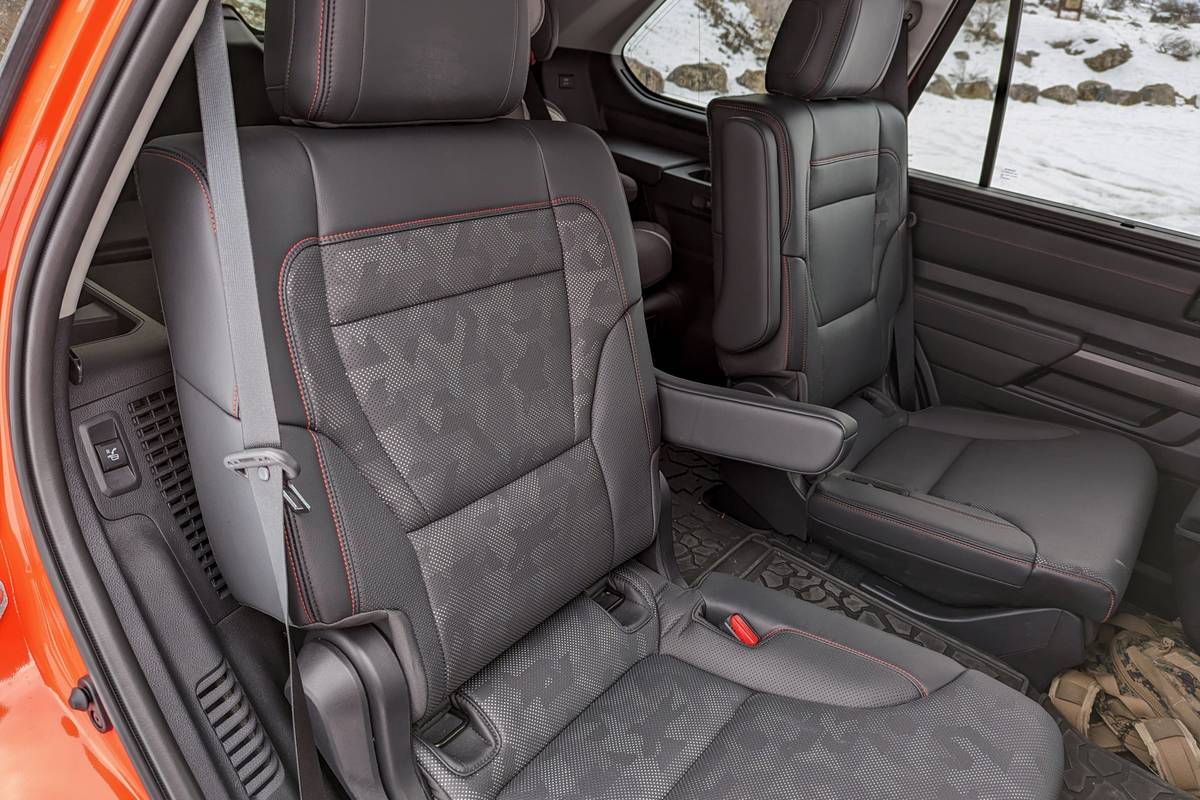
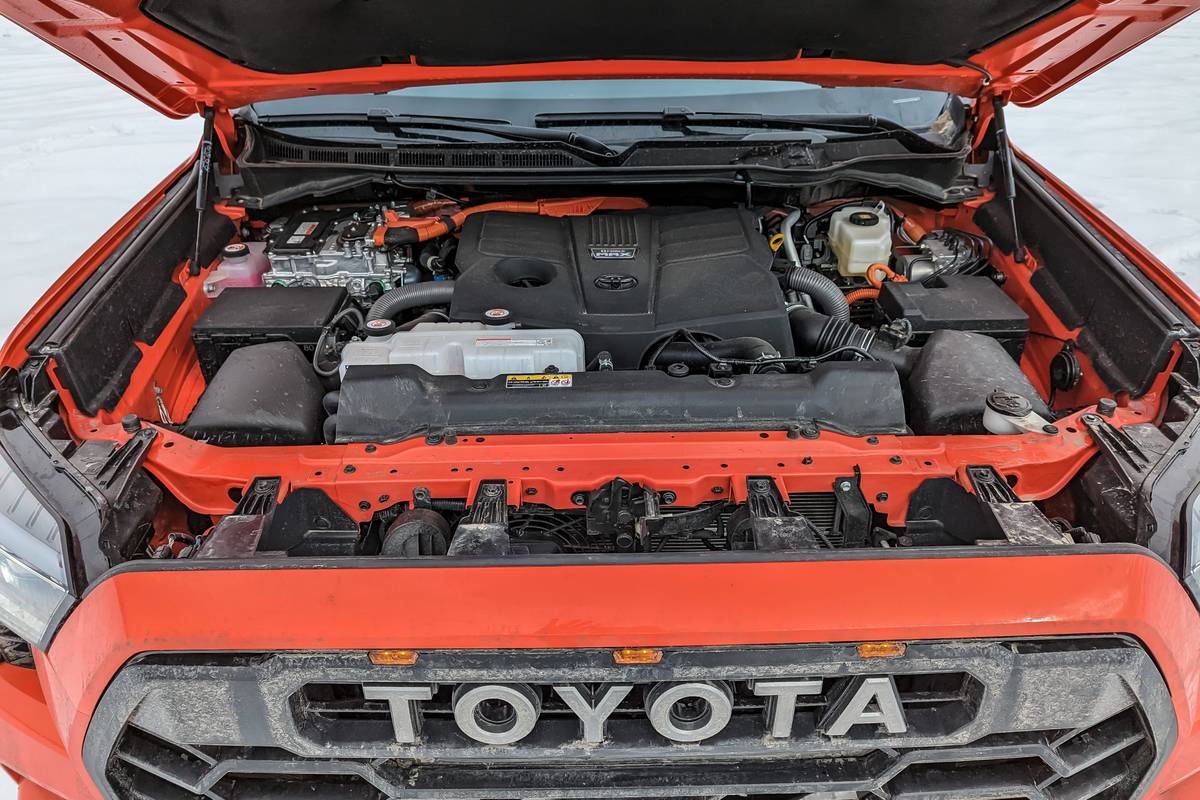
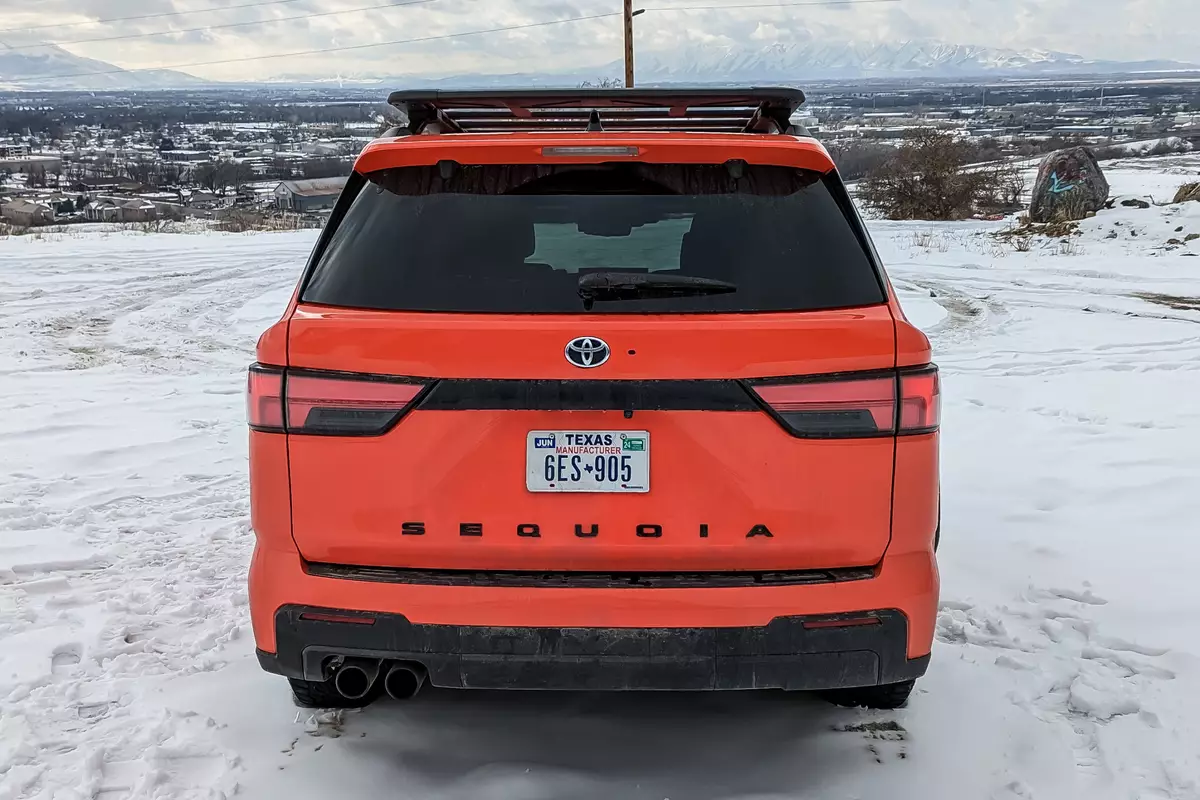
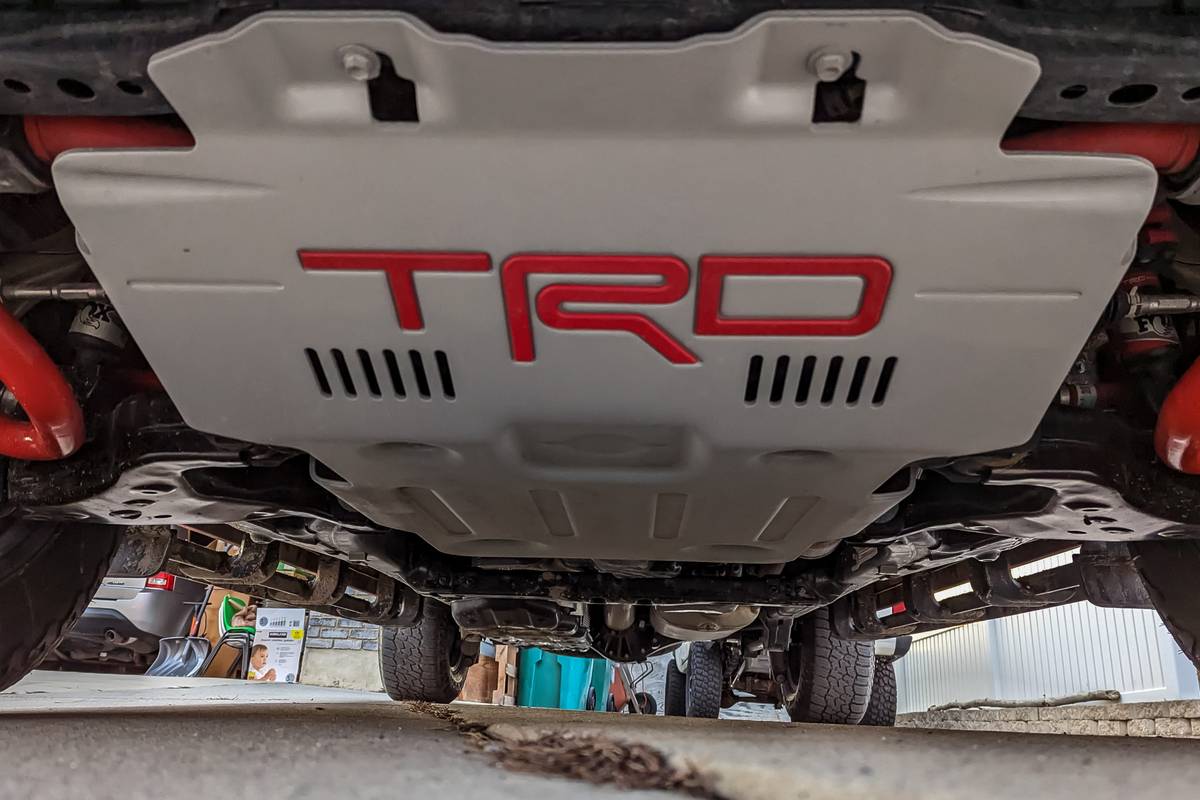
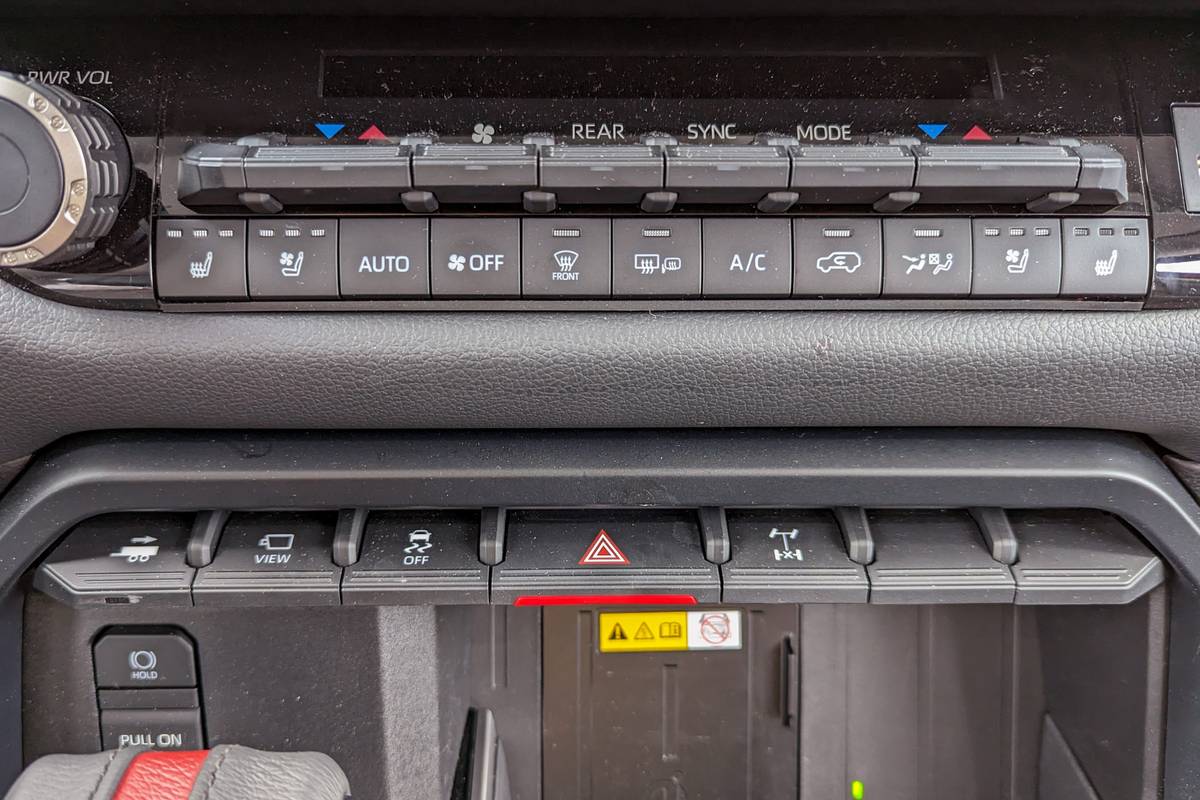


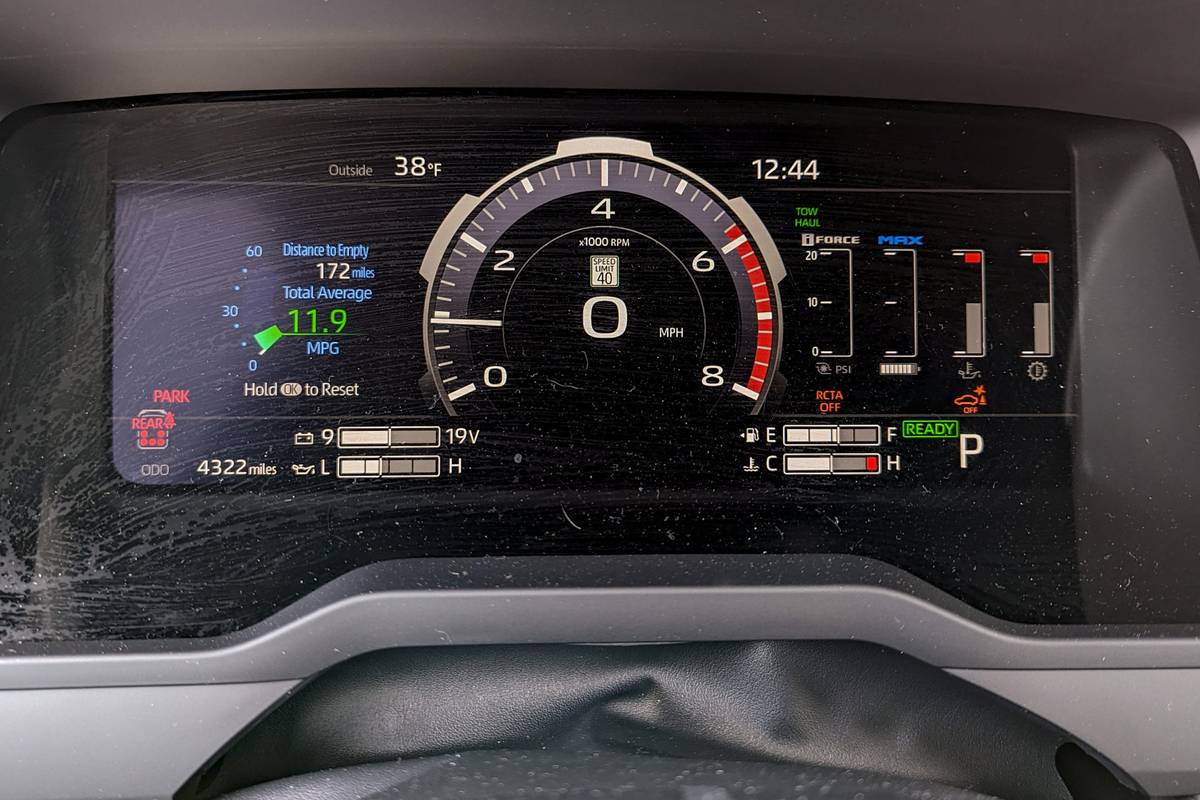
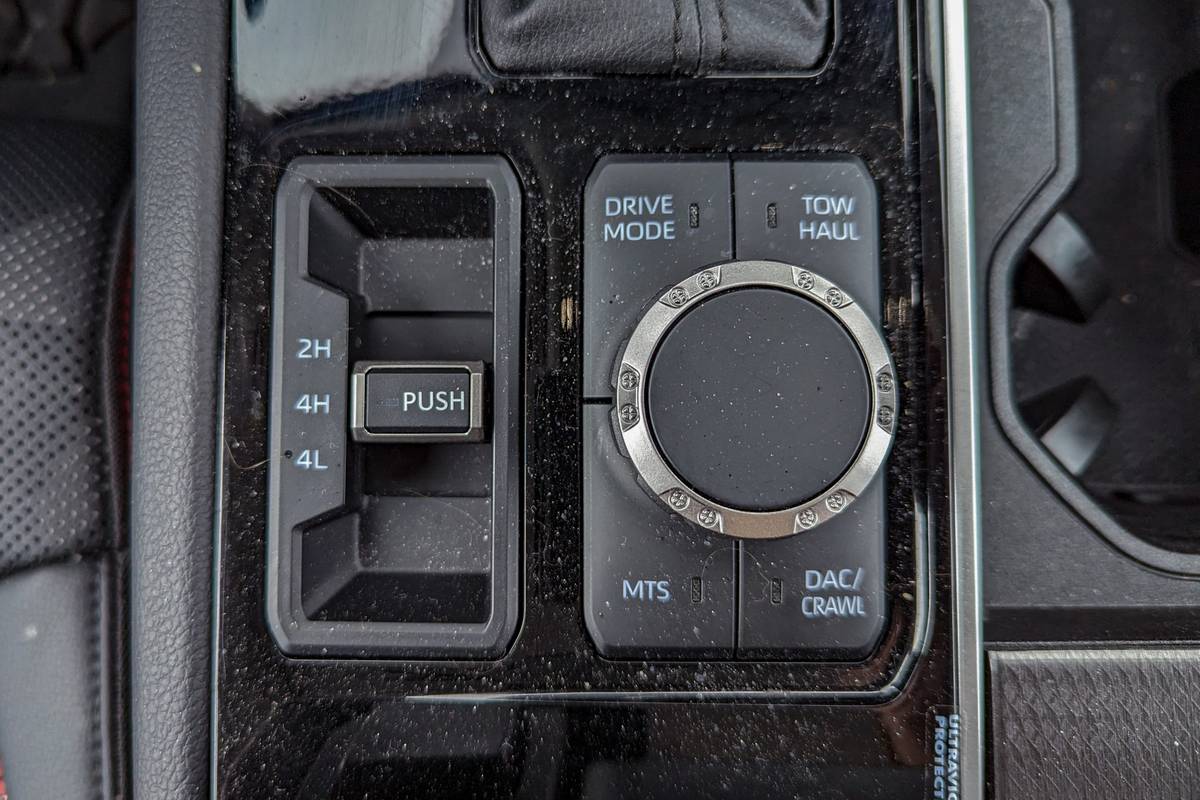


















For the 2023 model year, Toyota has changed pretty much everything in the Sequoia. Rather than going toward a unibody design for better use of space and efficiency, the automaker opted for a body-on-frame construction and a solid rear axle. This layout allows Toyota to keep the independent front suspension and precise rack and pinion steering while adding significant stability for towing and hauling heavier loads.
With a towing capacity of 9,020 pounds, the 2023 Sequoia TRD Pro sits pretty high on the list of full-size SUVs. This variant of the SUV also comes equipped with a receiver hitch, four- and seven-pin wiring connectors, and a trailer brake controller. Toyota requires that a weight-distribution hitch be used for loads over 5,000 pounds; it also recommends 100% front-axle load restoration. For more information, check out the owner’s manual or our guide.
The Trailer
For this test, I towed a twin-axle flatbed trailer loaded with a modified 1999 Jeep Cherokee that resulted in a total weight of 7,850 pounds. The trailer sits quite low, but adding the Jeep raised the center of gravity significantly, making the trailer less stable and therefore better for a towing test.
Tow Route
The route started at roughly 4,500 feet of elevation and, with some steep climbs, peaked at just over 6,200 feet. The route included a short freeway section, and the remainder mostly consisted of four-lane roads with 45 mph to 55 mph speed limits and grades approaching 10%.
More From Cars.com:
- 2023 Toyota Sequoia Vs. 2022 Ford Expedition: How Do the Big SUVs Compare?
- 2023 Toyota Sequoia Priced From $59,795, Adds Standard Hybrid Power
- These 12 SUVs Have the Highest Towing Capacity for 2022
- Pickup Trucks 101: Towing Tips for Beginners
- Pickup Trucks 101: How Much Can My Truck Tow?
How Well Does the 2023 Sequoia TRD Pro Tow?
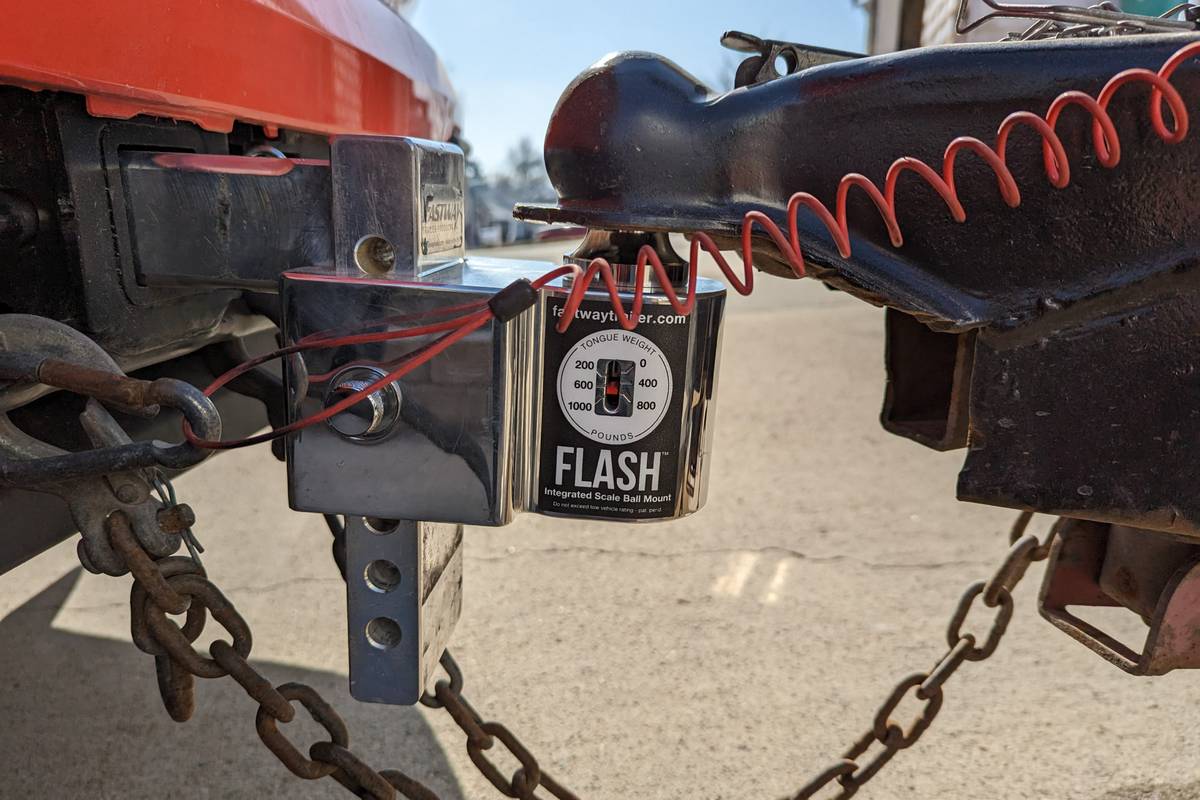
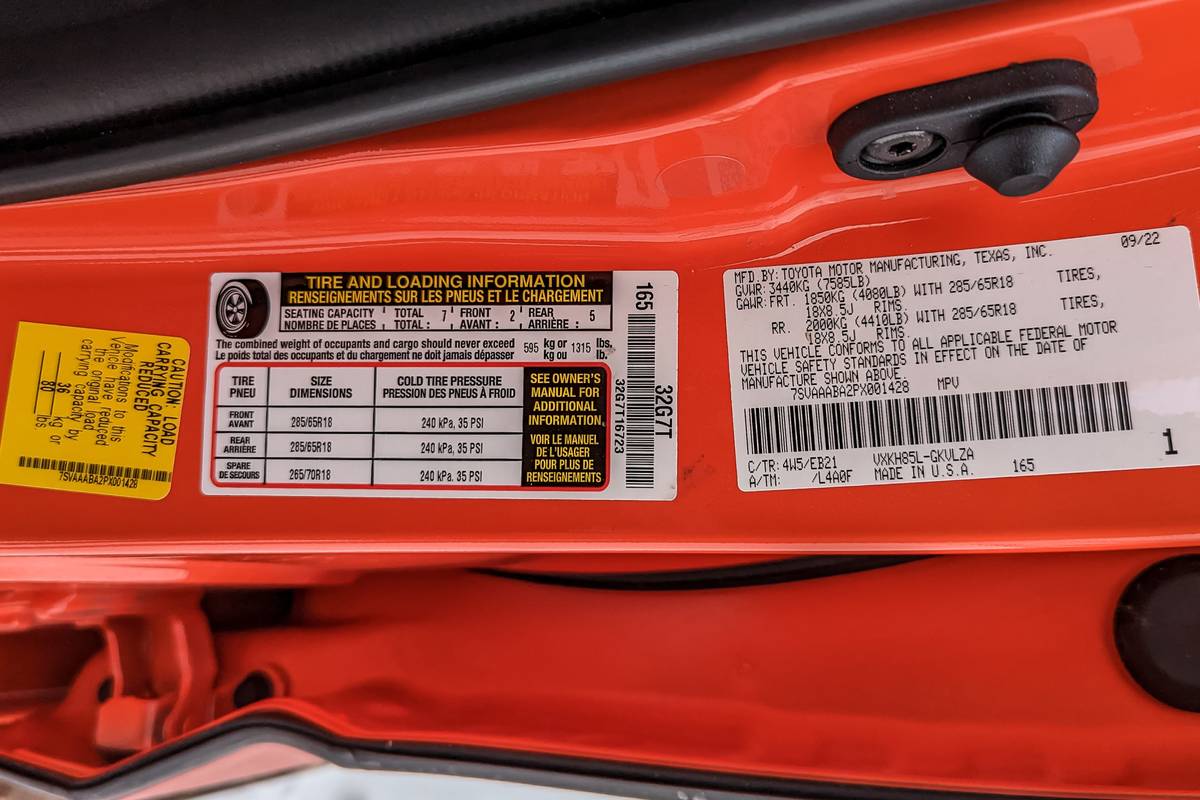
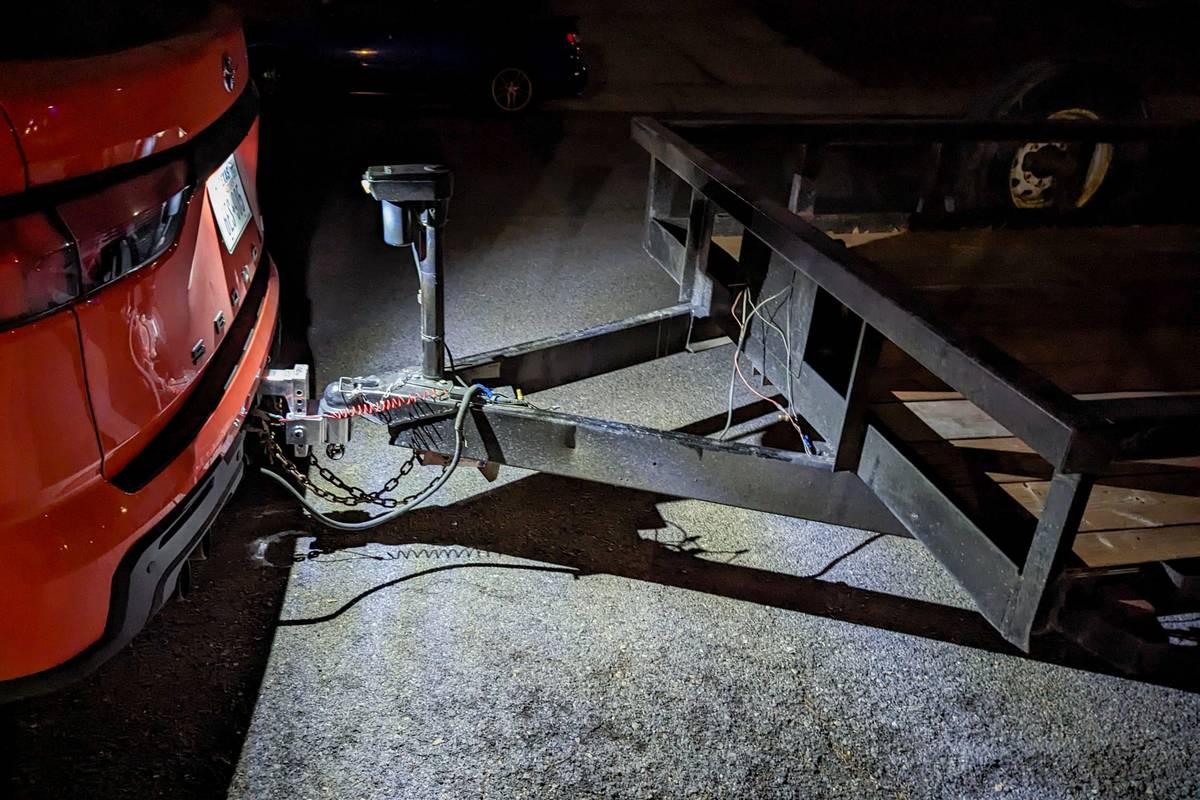



Connecting the Trailer
While I do have access to a weight-distribution hitch with built-in sway control, I prefer to do towing tests without. (For my day job, I am a product engineer for Progress Mfg. Inc. in Utah, makers of the Equal-i-zer hitch and Fastway Flash ball mounts.) Using a standard ball mount provides more feedback on how well the tow vehicle can tow without additional anti-sway aids. In this case, I used a Fastway Flash Scale ball mount to get a proper tongue weight when loading the Jeep onto the trailer. I ended up with 800 pounds of tongue weight, which was a little more than 10% of the total weight.
Hooking the Sequoia to a trailer was easier than with a Lexus LX 600. The Sequoia’s hitch cover simply pulls off without having to undo any push pins or hand screws, and though the receiver design is the same as the Lexus’, the body cladding is such that access to the hitch-pin hole is much easier. Also, the Sequoia’s 2-inch receiver requires a long-span hitch pin, and the width it must span is actually larger than the width of Ford’s 3-inch receiver. Additionally, the wiring only required connecting the 7-pin plug and performing a simple light and brake check; everything worked perfectly.
Towing Performance
Entering the freeway via an uphill on-ramp posed no problems for the Sequoia. Its 583 pounds-feet of torque comes on strong at low rpm, which makes the drive feel effortless, and the 10-speed automatic shifts smoothly and finds the right gear without a fuss. Over expansion joints, the Sequoia remains planted.
On crowded divided highways, the Sequoia has no problem keeping up with traffic, and the brakes are strong. The suspension certainly feels stiffer than the previous generation’s, but this leads to a more stable ride when towing. Much like entering the freeway, climbing steep grades posed no issues. While I was testing in cold weather, it was still nice to have a full set of gauges that included oil pressure, oil temperature and transmission temperature.
Heading back down the grade was fairly easy, as well. The transmission downshifts to provide engine braking with light pressure on the brake pedal. When using cruise control, the vehicle is more aggressive with the engine braking. I did, however, smell the brakes and stop midway down the grade to let them cool for a few minutes. As the Sequoia had less than 5,000 miles on the odometer, this could still be part of the break-in process, but I wasn’t expecting the brakes to heat up that much.
Final Thoughts
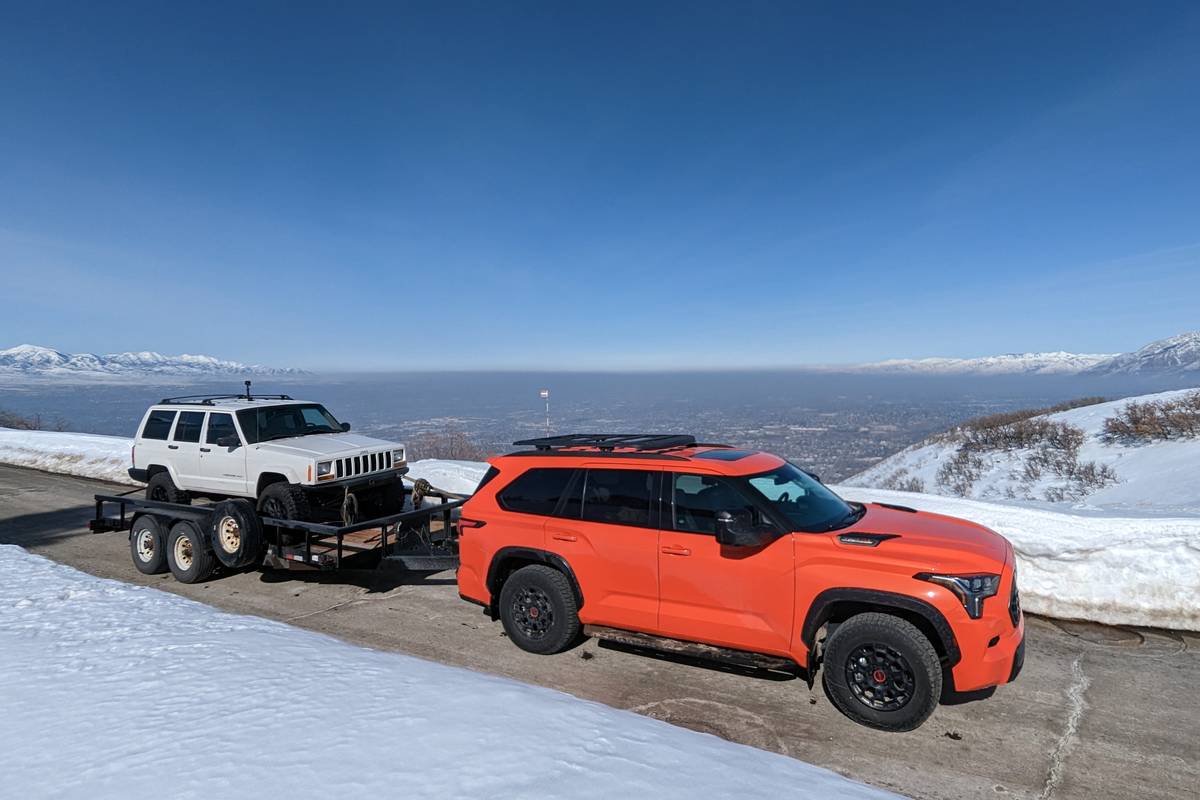
Toyota claims that the hybrid system is optimized for performance and that fuel mileage is just an added benefit; that is definitely the vibe I had while testing. Power always seems to be on-hand when needed, and I observed 12.6 mpg over 220 miles of driving, with about 40 miles towing and 180 miles mixed city/highway driving.
Even with the Sequoia’s body-on-frame construction and solid rear axle, there are trade-offs. The SUV has a rougher ride on the road when hauling an empty trailer, and the solid axle sometimes has a noticeable sideways movement over bumps and dips. However, if you’re in the market for an SUV that can seat up to eight and tow a good-sized camper or boat, then the 2023 Sequoia just might be what you’re looking for.
Related Video:
Cars.com’s Editorial department is your source for automotive news and reviews. In line with Cars.com’s long-standing ethics policy, editors and reviewers don’t accept gifts or free trips from automakers. The Editorial department is independent of Cars.com’s advertising, sales and sponsored content departments.
Featured stories






















